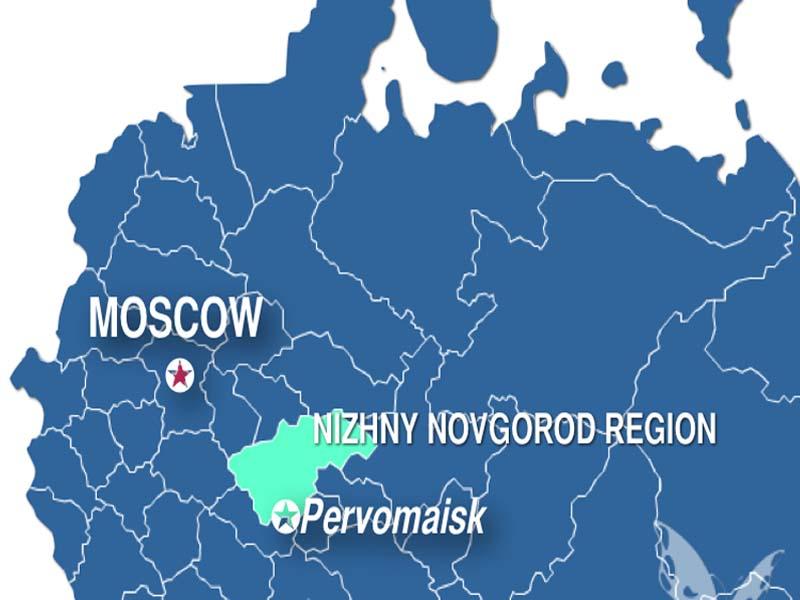Analyzing the heating radiator market in Russia
Click:257 / Publish:2023-05-28 16:59
Analyzing the heating radiator market in russia requires considering various factors such as market size, key players, trends, and growth drivers. While I can provide a general overview based on available information, please note that the dynamics of the market may have evolved since my knowledge cutoff in September 2021.

Market Size and Growth:
The heating radiator market in russia is substantial due to the country's vast geographical expanse and cold climate. The demand for heating systems, including radiators, is driven by the need to provide comfortable indoor heating during long and harsh winters. The market has witnessed steady growth in recent years, driven by increased construction activity, renovations, and modernization of existing buildings.
Key Players:
Several domestic and international companies compete in the heating radiator market in russia. Notable local manufacturers include RIFAR, Korado, Buderus (part of the Bosch Group), and Rifar Metallurgichesky Zavod. International brands such as Runtal, Kermi, and Jaga also have a presence in the russian market.
Trends and Factors Influencing the Market:
Energy Efficiency: Energy efficiency is a significant focus in the heating radiator market. Regulations and initiatives promoting energy-saving practices have led to the demand for more efficient radiators that help reduce energy consumption and lower heating costs.
Integration of Smart Technology: Smart heating solutions are gaining popularity in russia. Radiators equipped with smart features, such as thermostatic controls, remote operation, and connectivity to home automation systems, are becoming increasingly sought after by consumers looking for convenience, control, and energy optimization.
Design and Aesthetics: There is growing interest in heating radiators that not only provide efficient heating but also contribute to the overall aesthetics of interior spaces. Radiators with sleek, contemporary designs, customizable options, and a range of finishes are in demand, catering to consumers' desire for functional yet visually appealing heating solutions.
Replacement and Modernization: As russia focuses on the modernization of its housing stock, there is a demand for replacing outdated heating systems with more efficient and modern solutions. This trend presents opportunities for radiator manufacturers as homeowners and building owners seek to upgrade their heating infrastructure.
Government Regulations and Incentives: Government regulations and policies aimed at improving energy efficiency and reducing carbon emissions influence the heating radiator market. Incentives, subsidies, and requirements related to energy efficiency certifications can impact consumer choices and drive the adoption of more efficient heating systems.
Conclusion:
The heating radiator market in russia is robust, driven by the country's cold climate and the need for efficient indoor heating solutions. With a mix of domestic and international players, the market is characterized by a focus on energy efficiency, integration of smart technology, design aesthetics, and the replacement/modernization of existing heating systems. Government regulations and incentives also play a role in shaping the market. As russia continues to prioritize energy efficiency and building modernization, the heating radiator market is expected to experience further growth and innovation in the coming years.



